A Mexican art revolution takes shape at London’s Royal Academy of Arts
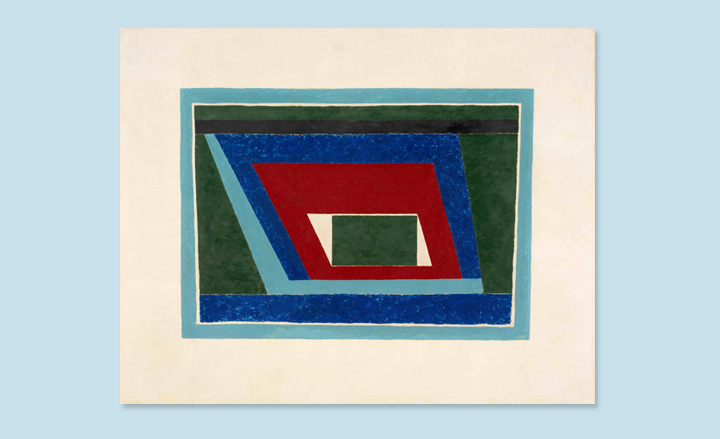
There was clearly quite a buzz about Mexico among between-the-wars European and American creative sorts, particularly photographers. The Royal Academy's new show - Mexico: A Revolution in Art - offers up not just the inevitable (but always welcome) Diego Rivera and Frida Kahlo, as well as a fantastic collection of prints of a magnificently mustachioed Zapata by José Gaudalupe Posada, but also photography from Paul Strand, Edward Weston, Tina Modotti, Robert Capa and a brilliant young Henri Cartier-Bresson, as well as work by Josef and Anni Albers, and Andre Breton.
The ten years of revolution between 1910 and 1920 and then the public art programs sponsored by the new Ministry of Education, headed by José Vasconcelos, made Mexico a draw for international intellectuals. Vasconcelos tempted Rivera back from Paris to paint murals alongside David Alfaro Siqueiros and José Clemente Orozco (they would soon be invited to do similar north of the border as part of the Public Works of Art Project). Weston, with Modotti in tow, also soon arrived from the US. DH Lawrence swung by and Weston's portrait of Lawrence is included in the RA's show.
The pair inspired a generation of Mexican photographers, including Manuel Alvarez Bravo who worked with Cartier-Bresson, who had arrived in Mexico in 1934 as an adventurous 24-year-old. The Albers made the first of their thirteen trips to Mexico in 1935, while André Breton came to hang out with Rivera and Kahlo, and Antonin Artaud came to take peyote.
Mexico: A Revolution in Art then is the story of a remarkable period when the country, and Mexico City especially, was home to a constantly refreshed and cross-fertilising artistic community (though a good deal of leftist sectarianism ensured that relations were not always copacetic). All of which makes for a fascinating little show, worth the admission for the photography of Bravo and Cartier-Bresson, and Albers' chromatic experiments, alone.
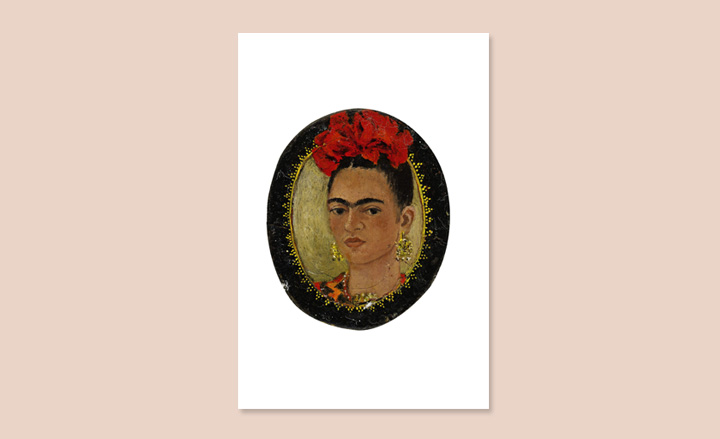
Self-Portrait (Autorretrato), by Frida Kahlo, c.1938. Private collection, © 2013. Banco de México Diego Rivera Frida Kahlo Museums Trust, Mexico, D.F. / DACS
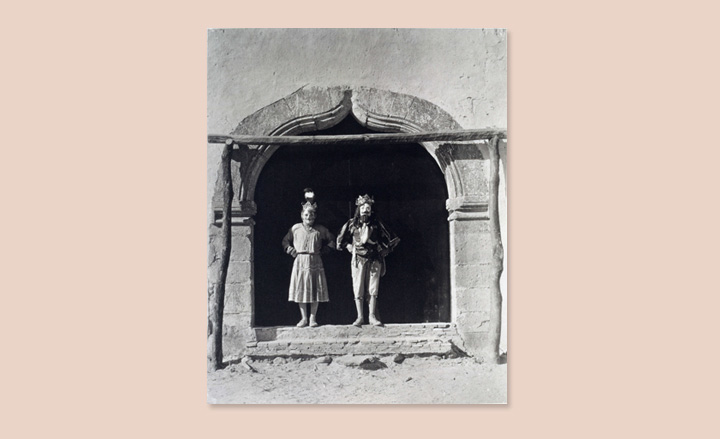
'Lords of the Dance', by Manuel Álvarez Bravo, 1931.Given by Dorothy Bohm.
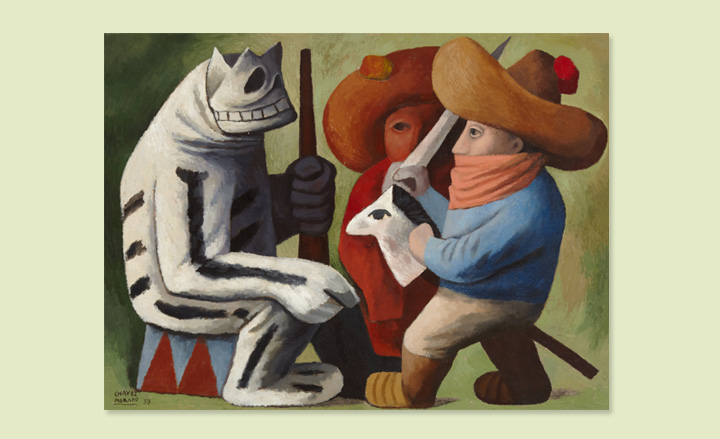
'Carnaval en Huejotzingo (Carnival in Huejotzingo)', by José Chávez Morado, 1939. From the collection of Phoenix Art Museum; gift of Dr & Mrs Loyal Davis.
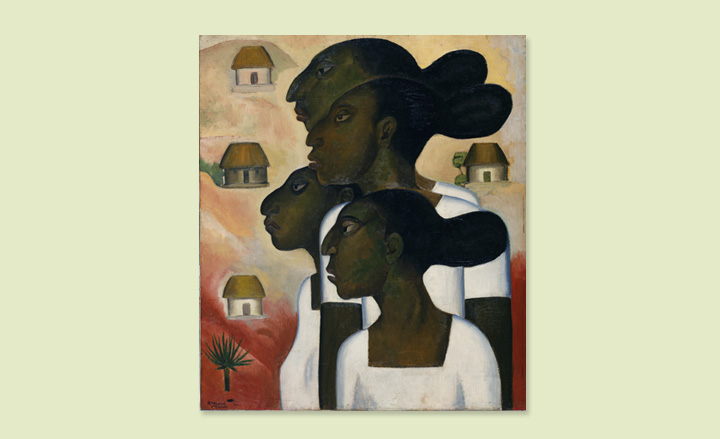
'Mayan Women', by Roberto Montenegro, 1926. . Gift of Nelson A. Rockefeller, 1941. Photograph © 2013. Digital image, New York / Scala, Florence
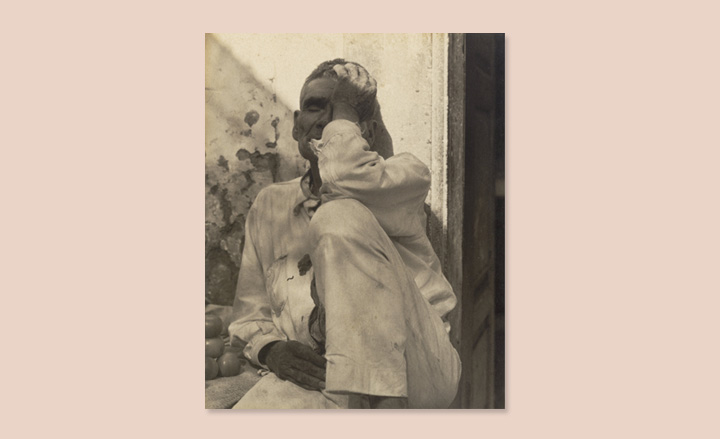
'Seated Man, Uruapan del Progreso, Michoacán, Mexico,' by Paul Strand, 1933.
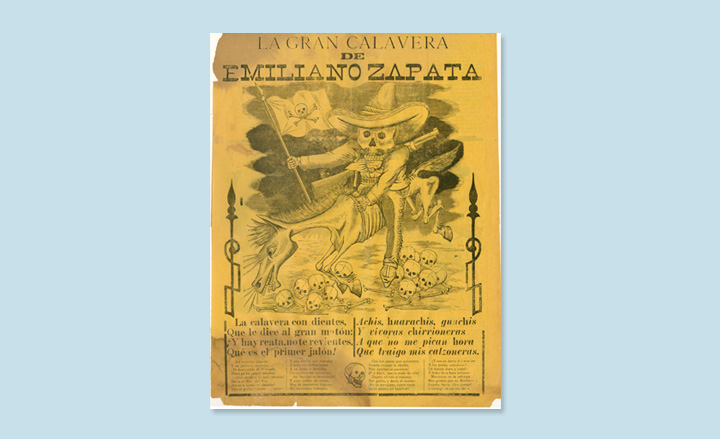
'The Great Calavera of Emiliano Zapata (La gran calavera de Emilano Zapata), n.d', by José Guadalupe Posada. Colección Raúl Cedeño Vanegas
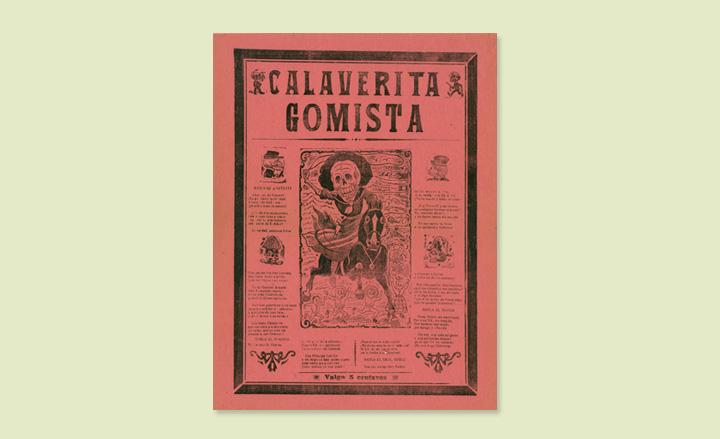
'Little Calavera of [Arnulfor] Gómez (Calverita Gomista), n.d', by José Guadalupe Posada. Colección Muyaes Ogazón
Address
The Royal Academy of Arts
Burlington House
Piccadilly
London W1J 0BD
Wallpaper* Newsletter
Receive our daily digest of inspiration, escapism and design stories from around the world direct to your inbox.
-
 Japan in Milan! See the highlights of Japanese design at Milan Design Week 2025
Japan in Milan! See the highlights of Japanese design at Milan Design Week 2025At Milan Design Week 2025 Japanese craftsmanship was a front runner with an array of projects in the spotlight. Here are some of our highlights
By Danielle Demetriou
-
 Tour the best contemporary tea houses around the world
Tour the best contemporary tea houses around the worldCelebrate the world’s most unique tea houses, from Melbourne to Stockholm, with a new book by Wallpaper’s Léa Teuscher
By Léa Teuscher
-
 ‘Humour is foundational’: artist Ella Kruglyanskaya on painting as a ‘highly questionable’ pursuit
‘Humour is foundational’: artist Ella Kruglyanskaya on painting as a ‘highly questionable’ pursuitElla Kruglyanskaya’s exhibition, ‘Shadows’ at Thomas Dane Gallery, is the first in a series of three this year, with openings in Basel and New York to follow
By Hannah Silver
-
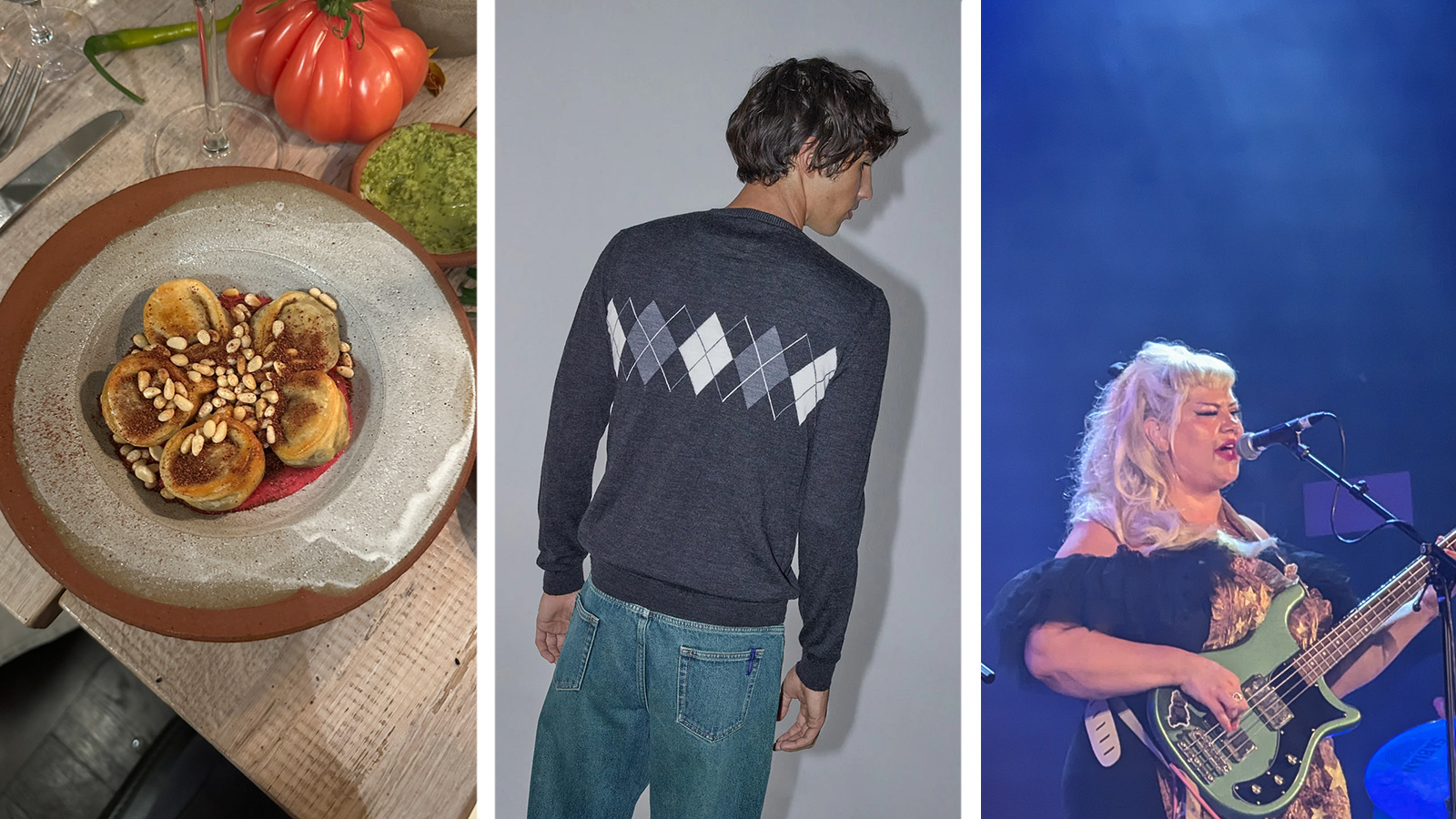 Out of office: what the Wallpaper* editors have been doing this week
Out of office: what the Wallpaper* editors have been doing this weekInvesting in quality knitwear, scouting a very special pair of earrings and dining with strangers are just some of the things keeping the Wallpaper* team occupied this week
By Bill Prince
-
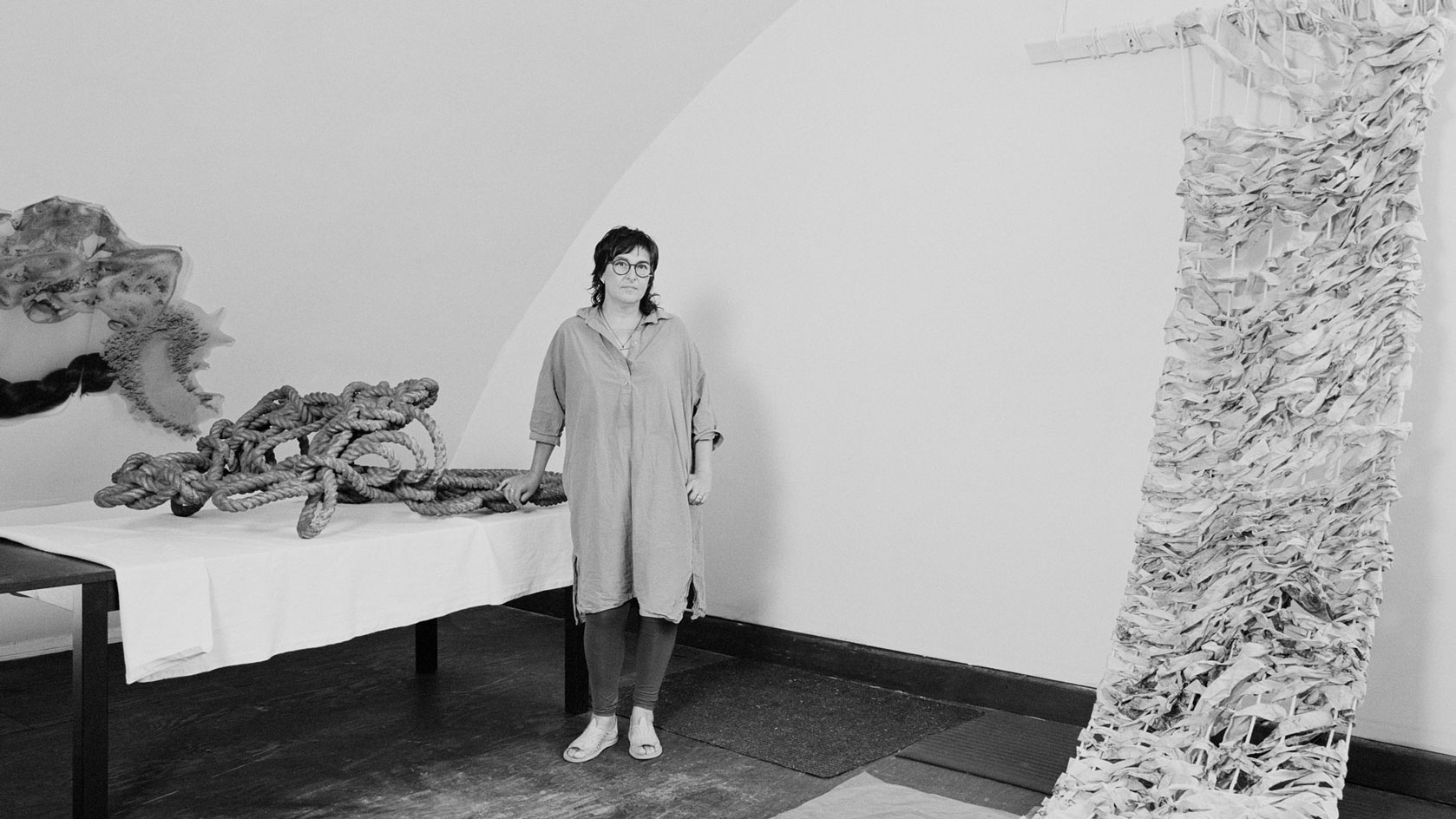 Tanya Aguiñiga: the artist weaving new narratives for borderless creativity
Tanya Aguiñiga: the artist weaving new narratives for borderless creativityWe profile LA-based artist and Loewe Foundation Craft Prize finalist Tanya Aguiñiga, whose work explores life on the US-Mexico border and seeks to empower transnational voices
By Harriet Lloyd-Smith
-
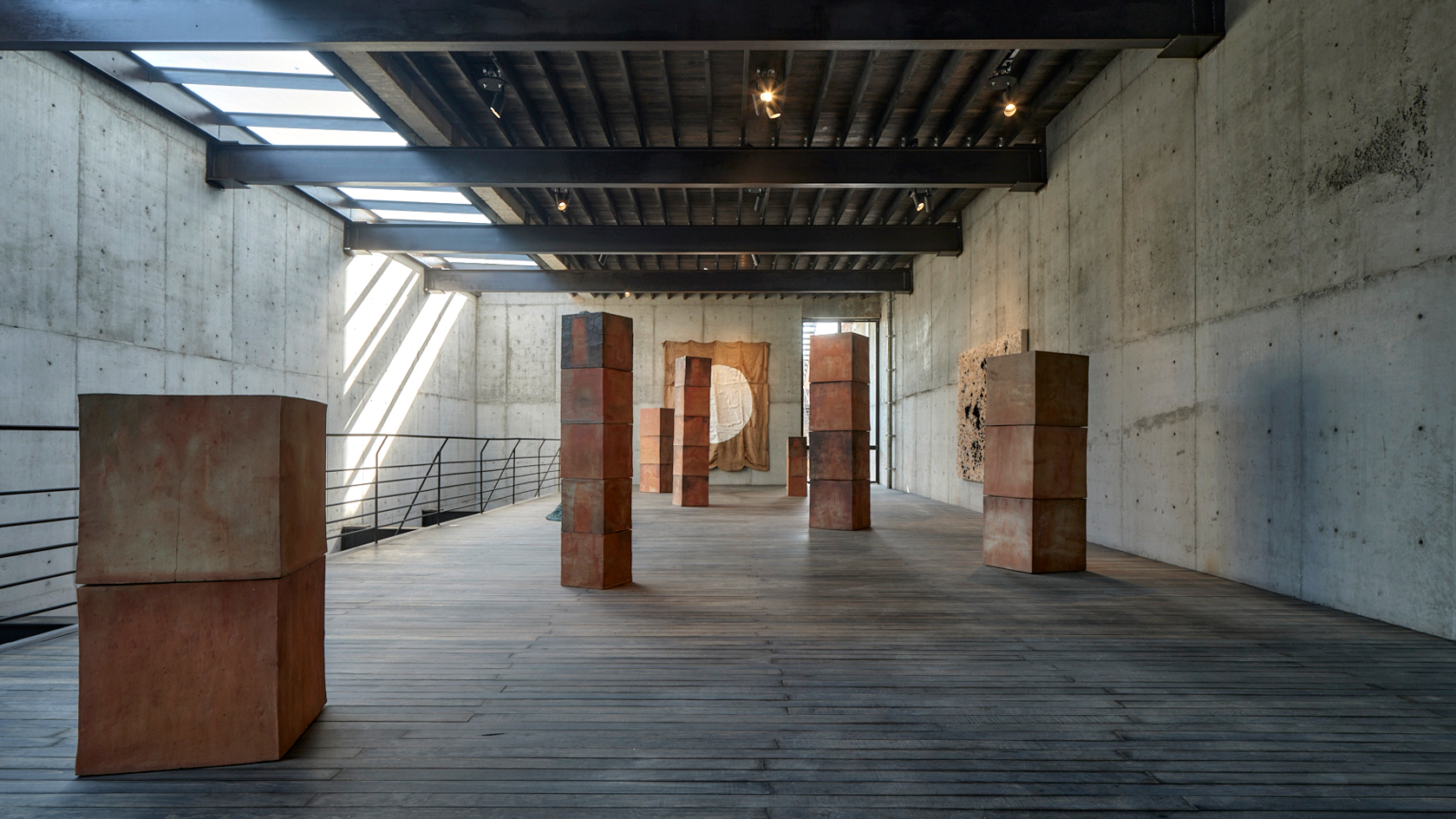 Bosco Sodi’s monumental new Mexico City studio is a multifunctional feat
Bosco Sodi’s monumental new Mexico City studio is a multifunctional featAs Bosco Sodi unveils his new Studio CMDX in Atlampa, Mexico City, we speak to the artist about how the vast Alberto Kalach-designed former warehouse is a feat in multitasking
By Juliana Piskorz
-
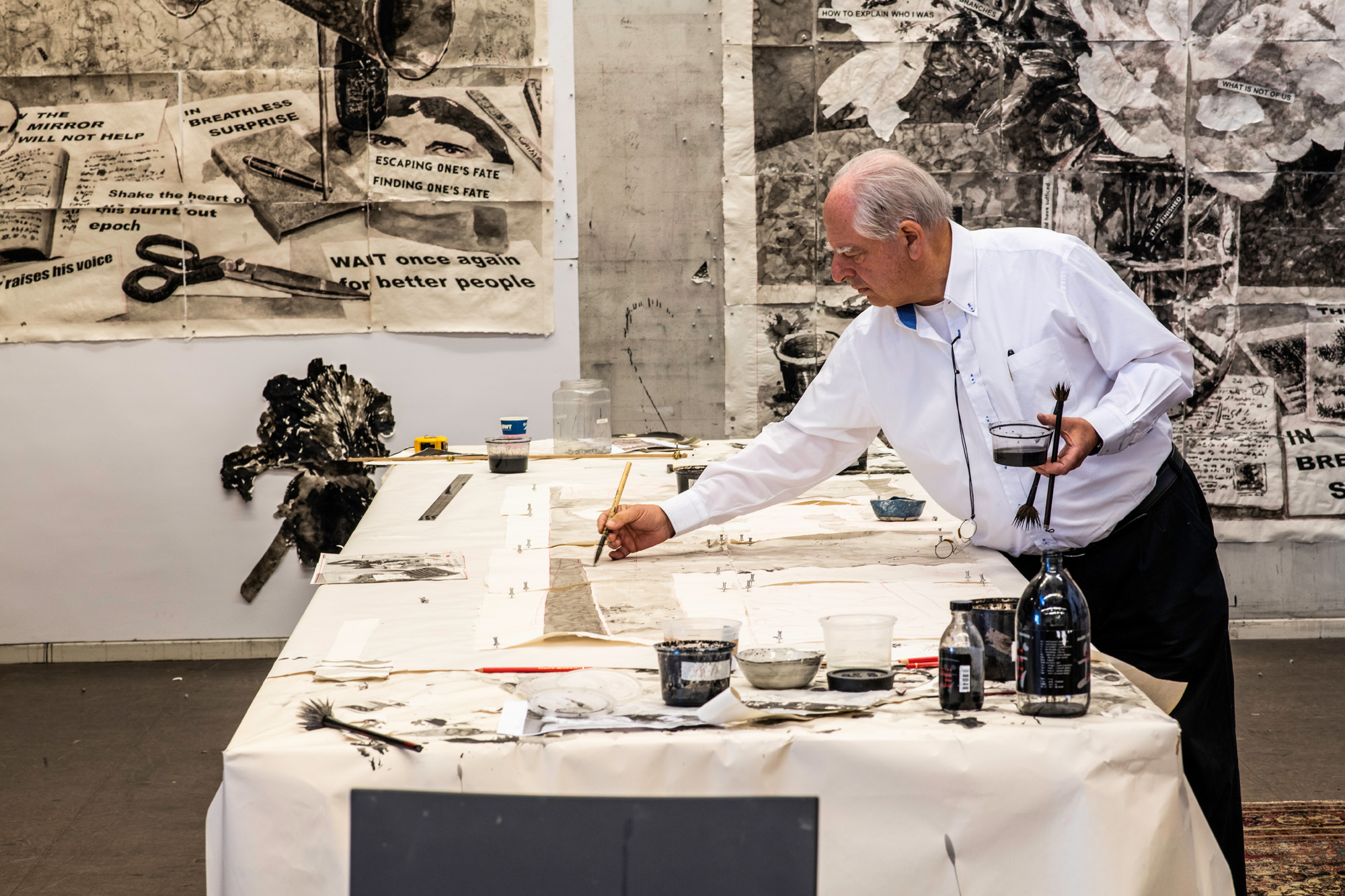 William Kentridge on failed utopias and transcending borders: ‘art must defend the uncertain’
William Kentridge on failed utopias and transcending borders: ‘art must defend the uncertain’Azu Nwagbogu profiles South African artist William Kentridge, whose show at London's Royal Academy of Arts runs until 11 December 2022
By Azu Nwagbogu
-
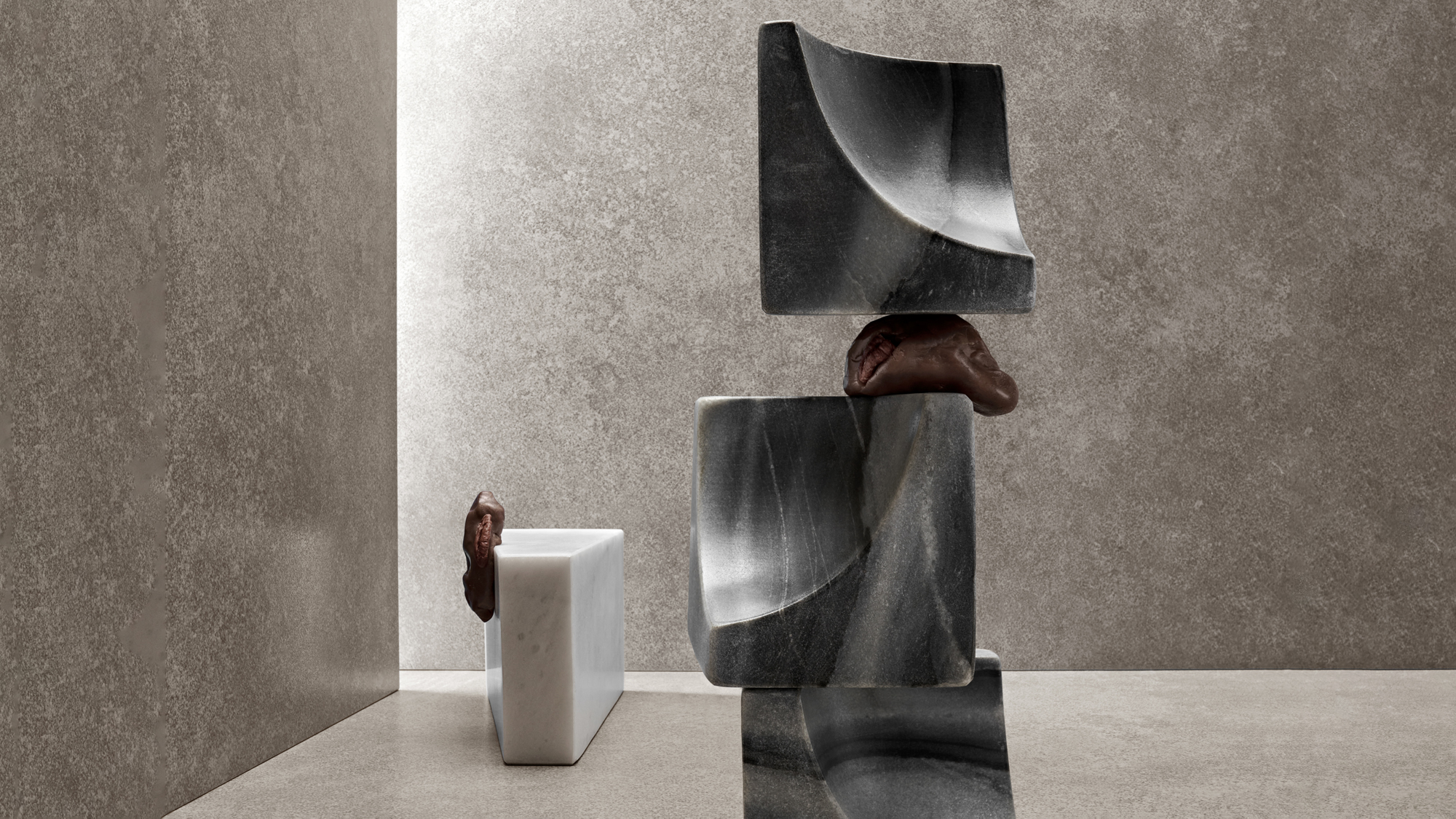 Artist’s Palate: Jose Dávila’s chocolate fudge with pecans
Artist’s Palate: Jose Dávila’s chocolate fudge with pecansTry Jose Dávila’s indulgent recipe for chocolate fudge with pecans, from our December 2022 issue’s Artist’s Palate feature, a Wallpaper* homage to our favourite contemporary art
By TF Chan
-
 2022 Royal Academy Architecture Prize recognises Renée Gailhoustet
2022 Royal Academy Architecture Prize recognises Renée GailhoustetThe 2022 Royal Academy Architecture Prize is awarded to Renée Gailhoustet, with the shortlist for the 2022 Royal Academy Dorfman Award revealed at the same time
By Ellie Stathaki
-
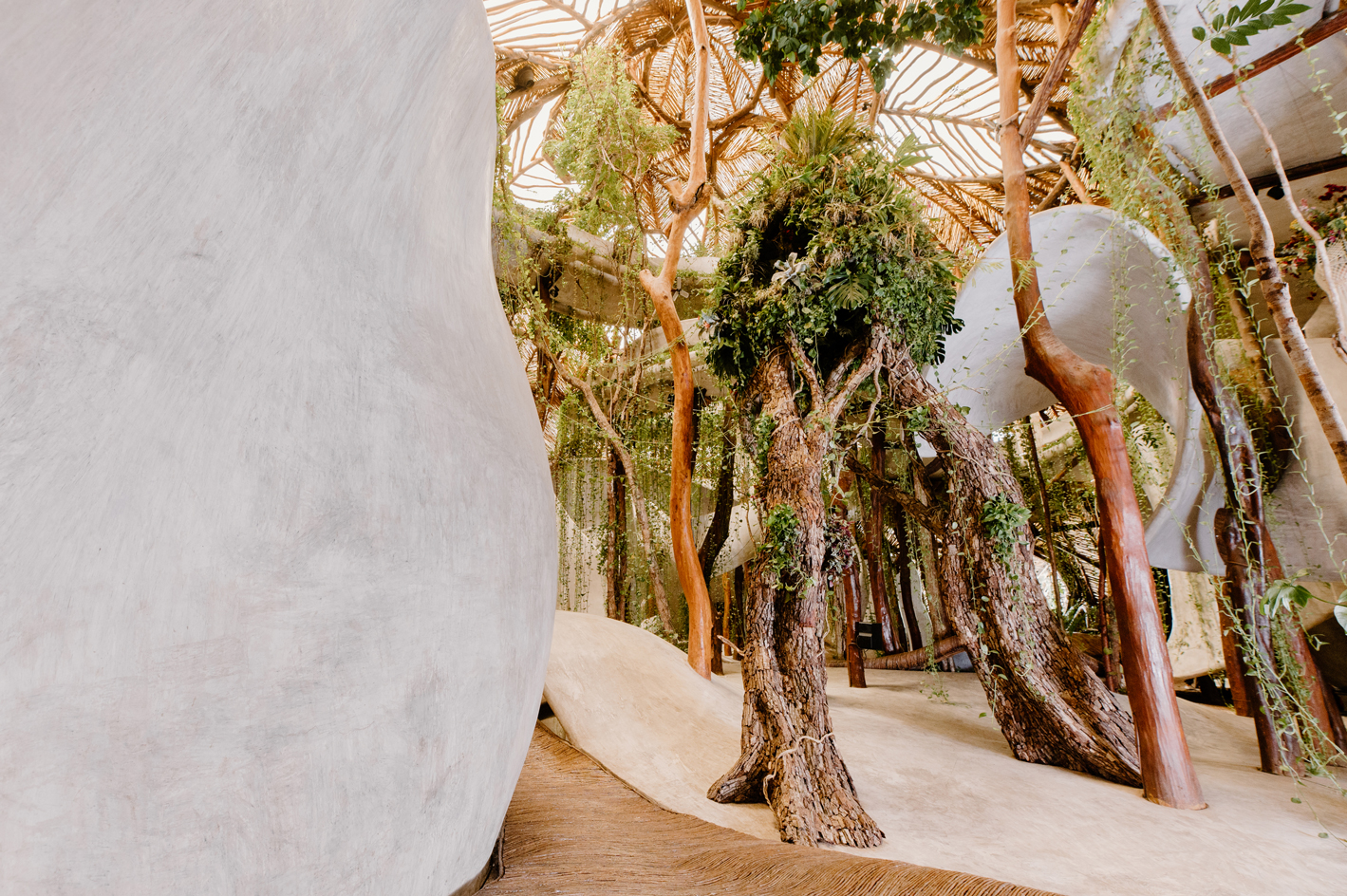 Botanical sculptor Azuma Makoto creates a sculptural ecosystem at Mexico’s SFER IK
Botanical sculptor Azuma Makoto creates a sculptural ecosystem at Mexico’s SFER IKJapanese artist Azuma Makoto’s largest flower sculpture to date responds to SFER IK’s unique biophilic design and the surrounding wilderness
By Pei-Ru Keh
-
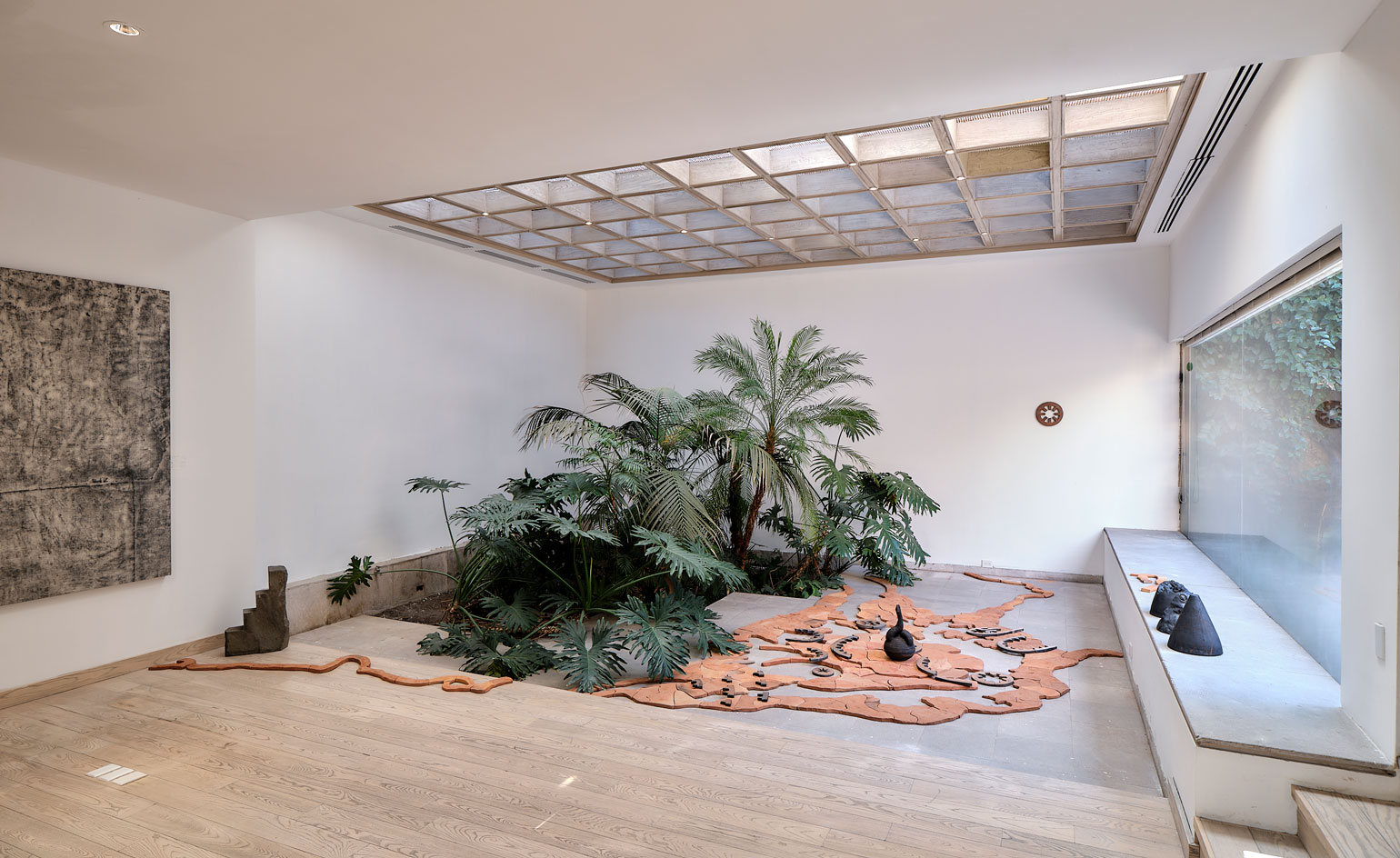 Mexico City art hub JO-HS opens inside a modernist icon
Mexico City art hub JO-HS opens inside a modernist iconNew exhibition space and creative hub JO-HS opens inside a striking example of modernist Mexico City architecture by Carlos Herrera
By Harriet Lloyd-Smith